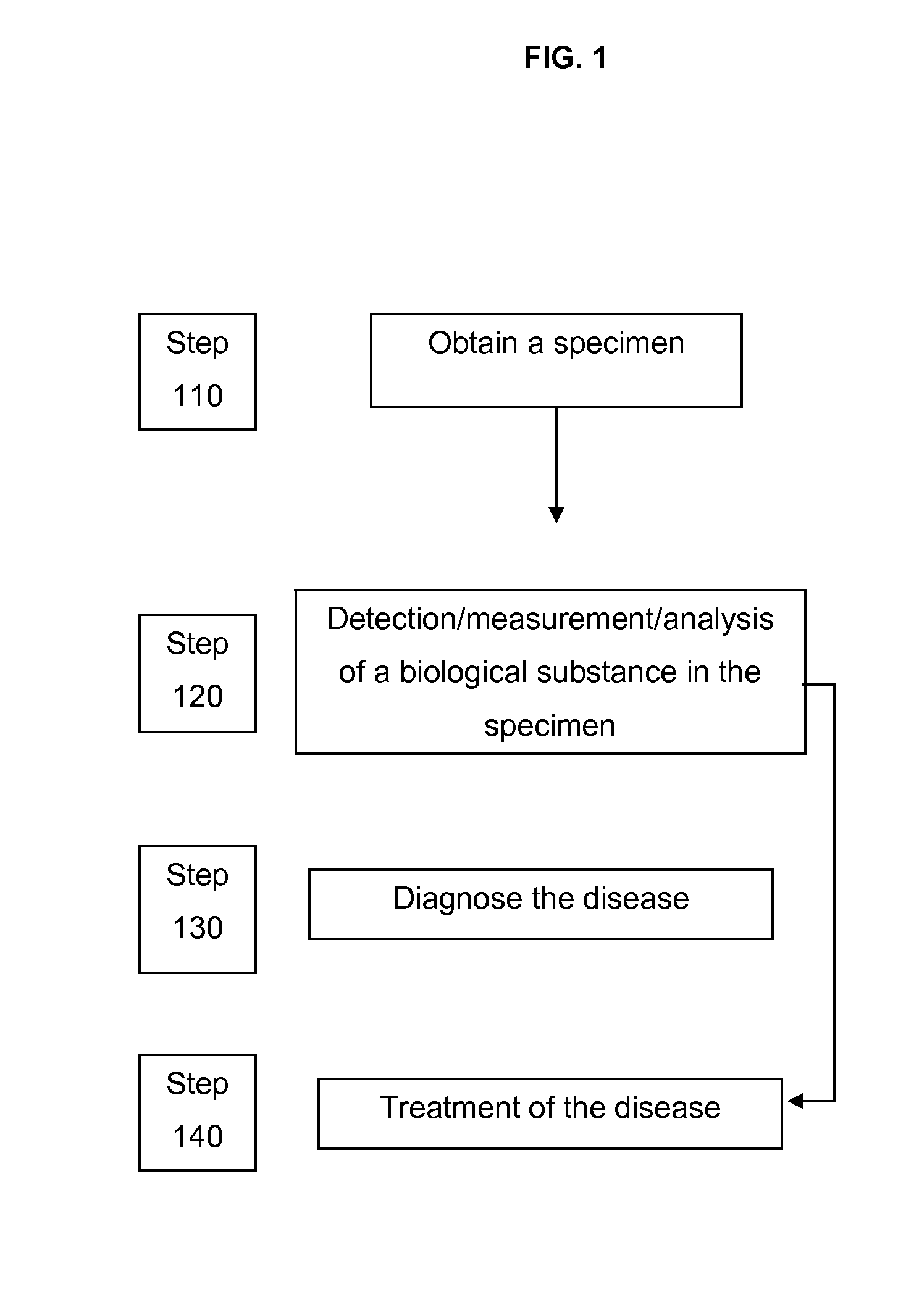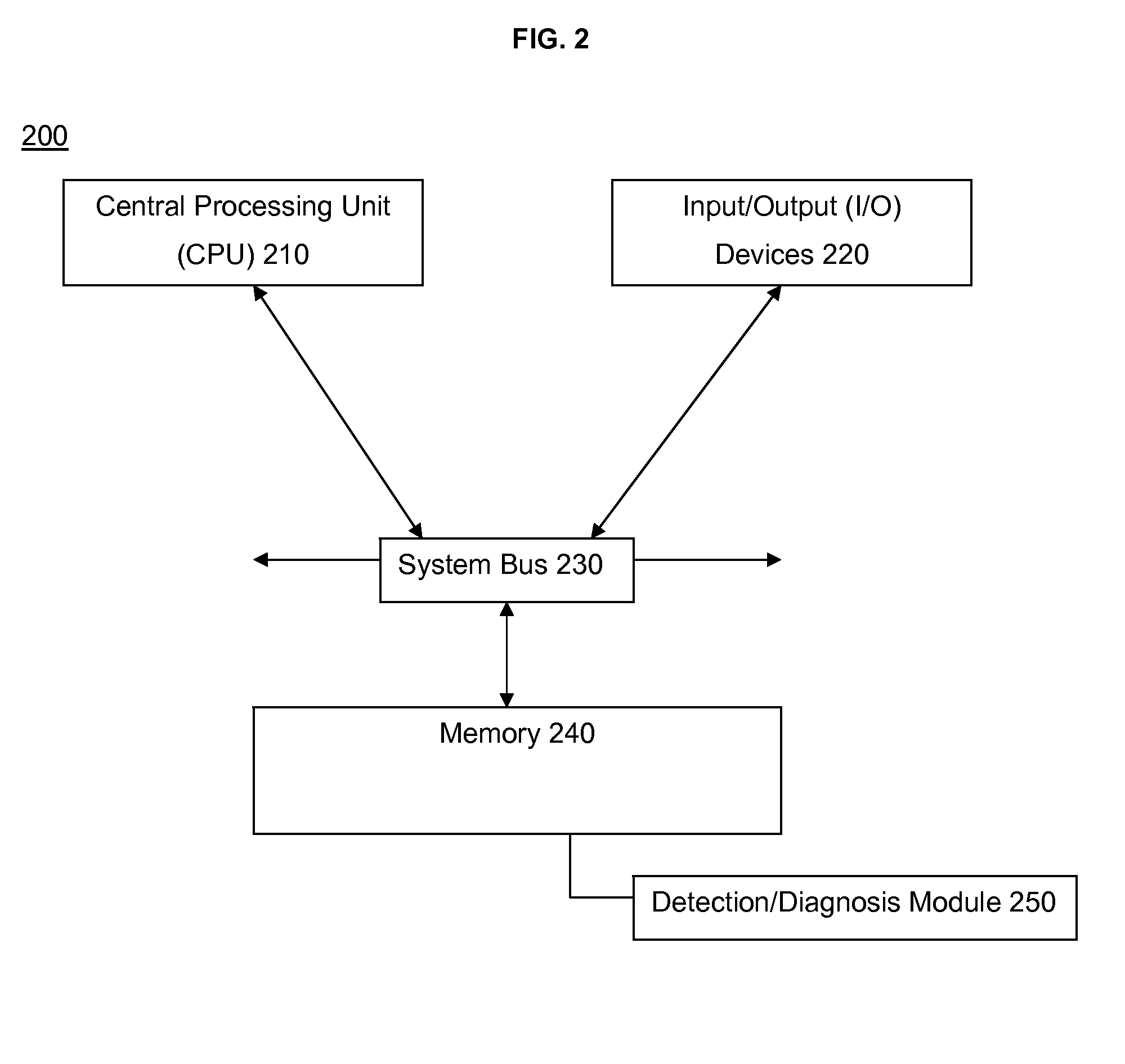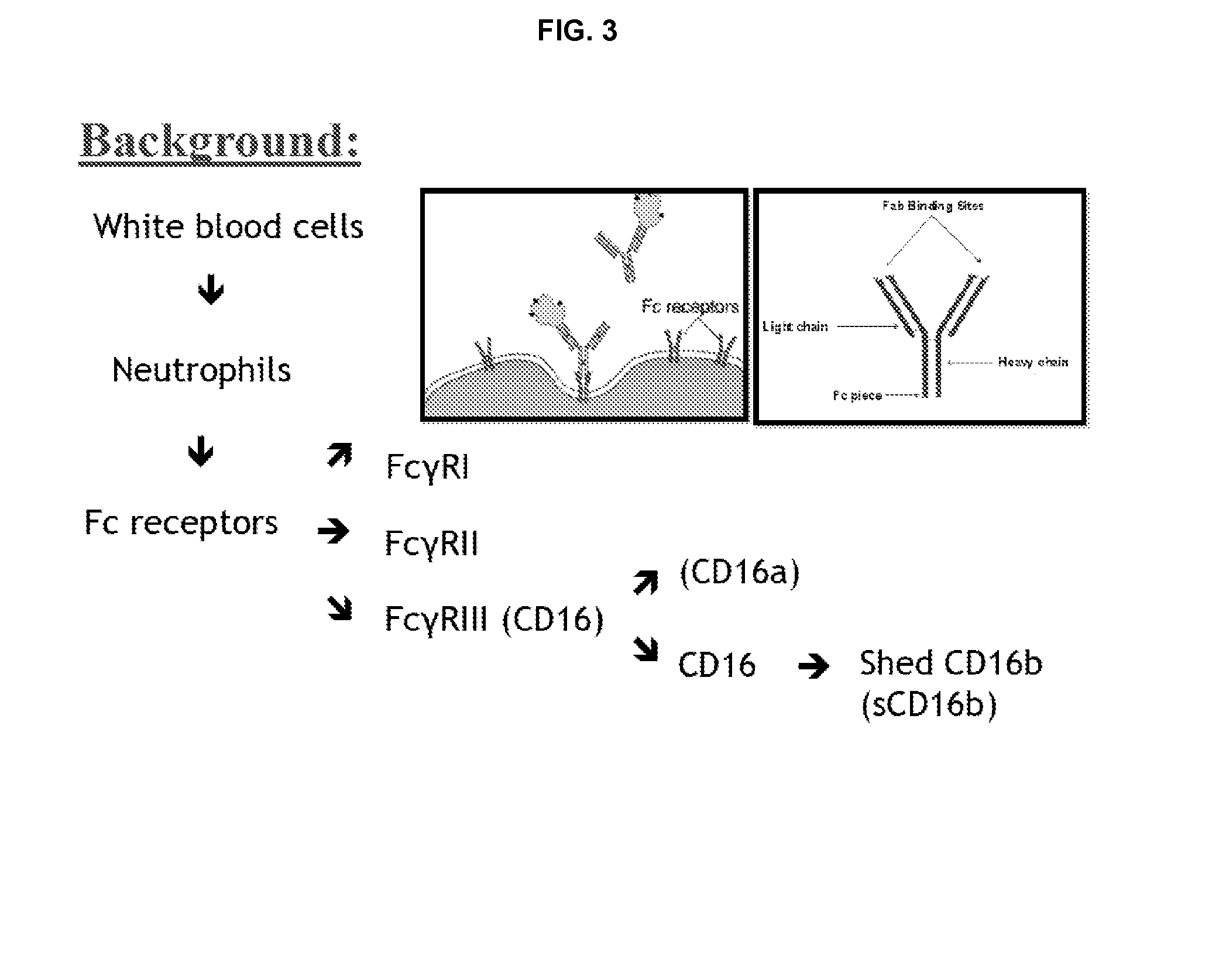Methods for assessing the immune system in a patient
a technology of immune system and patient, applied in the field of immune system screening methods, can solve the problems of insufficient white blood count to distinguish individuals, individuals on chemotherapy who develop neutropenia in danger of developing sepsis, and insufficient white blood count to achieve the effect of identifying individuals
- Summary
- Abstract
- Description
- Claims
- Application Information
AI Technical Summary
Benefits of technology
Problems solved by technology
Method used
Image
Examples
example 1
[0157]Radiation exposure can occur on the large scale, such as the nuclear attack on Hiroshima and the nuclear accident in Chernobyl, and on the small scale, such as daily exposure to radioactive substances in the laboratory. Lethal dosages of radiation result in death while sub-lethal dosages induces neutropenia, an immune compromised condition characterized by having less than 5×105 neutrophils / ml of blood. Neutropenia predisposes to sepsis; Measuring the amount of sCD16b in an irradiated patient's blood and better assess who can benefit from immediate medical attention to prevent sepsis.
[0158]A simple screening procedure is needed to quickly and accurately identify these individuals. One common and established procedure involves assessing blood polymorph nuclear neutrophil (PMN) concentration by testing for the number of neutrophils in a person's blood stream. However, this method is not adequate because it only assesses the number of neutrophils in the blood, disregarding those ...
example 2
Shedding of Fc-Gamma-IIIB Reduces Human Neutrophil Bactericidal Activity
[0162]Fcγ receptor type IIIb (FcγRIIIb, CD16b) is a GPI-anchored protein that binds the Fc domain of IgG and is highly expressed on human neutrophils. Neutrophils activated by chemoattractants, such as fMLP, shed FcγRIIIb resulting in its release into plasma and other body fluids. We have developed a sensitive ELISA assay that enables us to measure soluble FcγRIIIb in normal human plasma and found concentrations ranging from 100 ng / ml to 200 ng / ml. We have used this assay to examine the effect of chemoattractants, enzymes, and activators of neutrophil function on FcγRIIIb shedding. We report that 106 human neutrophils incubated for 90 min at 37° C. with 10−7 M PMA, 10−7M fMLP, C5a (produced by incubation of IgG-opsonized S. epidermidis in human plasma), or 6.25 mUnits PI phopholipase C (an enzyme that specifically cleaves GPI-linkages), in 1 ml phosphate buffered saline containing 0.1% BSA and 5.5 mM glucose rel...
example 3
The Role of CD16B in Killing of Staphylococcus epidermis by Human Neutrophils
[0163]Fcγ receptor type IIIb (FcγRIIIb) is a receptor for the Fc region of IgG and is highly expressed on human neutrophils. FcγRIIIb is shed from these cells and is found in a soluble form in plasma and other body fluids. We have developed as accurate ELISA assay to measure the concentration of soluble FcγRIIIb in both human plasma and in the supernatants of cultured human neutrophils. We have examined some of biological properties of neutrophil shedding of this receptor in response to various chemoattractants and cytokines. The addition of 10−7 M fMLP, and 10−7 M PMA promotes a dramatic shedding of FcγRIIIb by human neutrophils. In contrast no increase in FcγRIIIb shedding was observed in 10−7 M LTB4-treated human neutrophils as compared to control cells. Phospholipase C (PLC) is a specific enzyme that cleaves GPI-linked proteins including FcγRIIIb. The addition of PLC (0.25 units / ml) maximally sheds FcγR...
PUM
 Login to View More
Login to View More Abstract
Description
Claims
Application Information
 Login to View More
Login to View More - R&D
- Intellectual Property
- Life Sciences
- Materials
- Tech Scout
- Unparalleled Data Quality
- Higher Quality Content
- 60% Fewer Hallucinations
Browse by: Latest US Patents, China's latest patents, Technical Efficacy Thesaurus, Application Domain, Technology Topic, Popular Technical Reports.
© 2025 PatSnap. All rights reserved.Legal|Privacy policy|Modern Slavery Act Transparency Statement|Sitemap|About US| Contact US: help@patsnap.com



